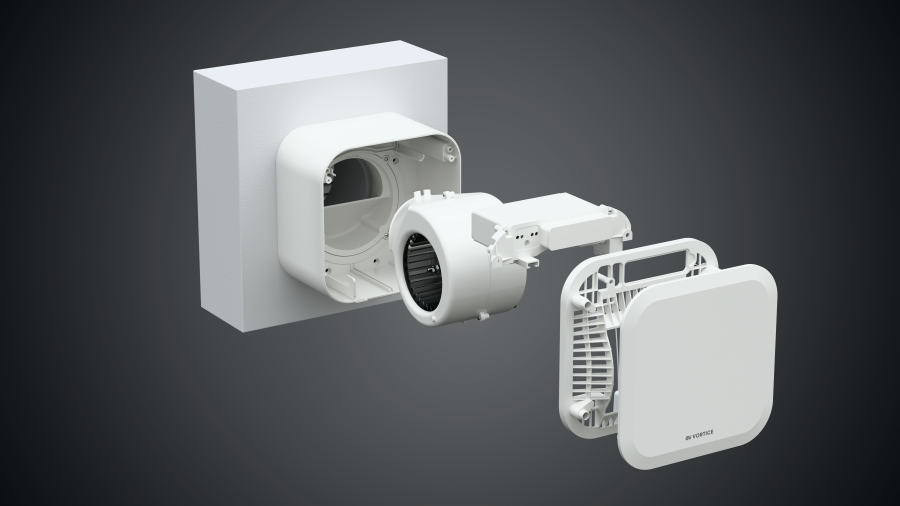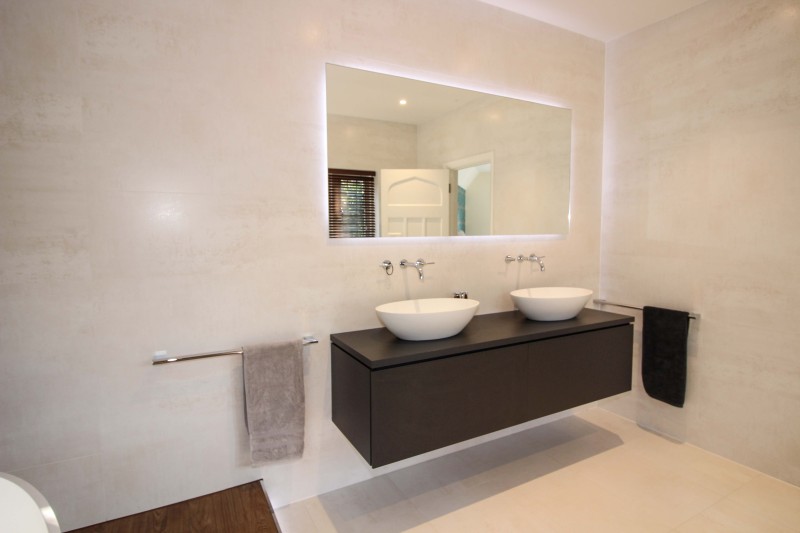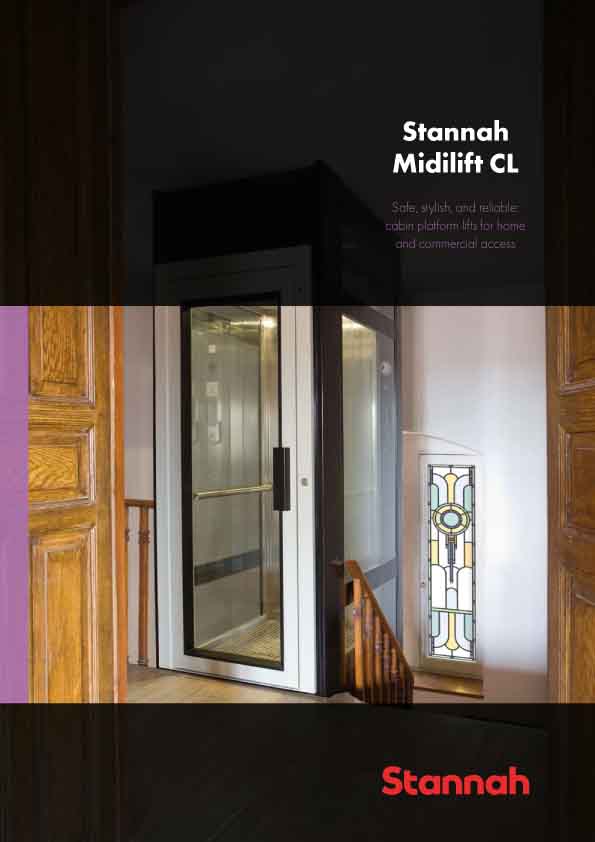WE
SPEND AROUND 90 PER CENT OF OUR TIME INDOORS, WHICH IS WHY ENSURING
OUR BUILDINGS PROVIDE COMFORTABLE ENVIRONMENTS FOR THOSE WHO USE THEM
IS OF THE UTMOST IMPORTANCE. ALUN PRICE, ACOUSTIC PRODUCT MANAGER AT
ISOVER UK, DISCUSSES HOW SPECIFIERS CAN TACKLE ACOUSTIC AS WELL AS
THERMAL COMFORT THROUGH CAREFUL SELECTION OF INSULATION PRODUCTS.

While
we often relate comfort to characteristics like warmth and dryness,
well-balanced acoustics are crucial to the usability of a space and
unwanted noise can be detrimental to our health and wellbeing.
Sound
from noisy neighbours, modern TVs, speaker systems can be a nuisance
for occupants in adjoining properties or other rooms – especially
if walls aren’t sufficiently insulated.
In
England and Wales, acoustic performance is covered by Part E of the
Building Regulations, which sets the minimum standards for sound
reduction and absorption qualities in new structures. However, as is
often the case when any minimum value is stipulated, there can be a
tendency to meet this threshold rather than exceed it. The danger
with this is that new buildings in densely populated areas may not
enjoy the same levels of acoustic comfort as detached buildings in
quieter zones.
For
example, the minimum requirements for a separating wall in a new
dwelling are to reduce airborne sound by 45dB, meaning that a
considerable amount of noise will still carry through if a building’s
specification only meets the minimum.
Many
wrongly believe that high density mass, such as a solid concrete
wall, is the most effective barrier to unwanted noise. While this
type of construction may be effective for absorbing lower
frequencies, the solid characteristics can act as a sound
transmission medium for other frequencies such as conversations,
household appliances, or power tools. A more effective way of
preventing unwanted noise is the ‘mass – spring – mass’
solution. This involves the use of heavy materials, such as masonry
or plasterboard, to form two layers of ‘mass’ that sandwich a
layer of mineral wool insulation – the ‘spring.’

While
mineral wool insulation is commonly recognised for its thermal
properties by minimising heat loss and making buildings more energy
efficient, when used in the mass – spring – mass system, it also
reduces harmonic resonance, the physical phenomenon that allows sound
to be carried through solid items, such as walls.
The type of insulation used here
is important, as it is often assumed that all products have similar
properties. Other insulation such as PIR doesn’t share the same
sound-deadening properties as mineral wool, so shouldn’t be
considered for acoustic applications. Mineral wool loft insulation
shouldn’t be used either. While it will reduce heat loss and
result in some noise reduction, the fibre density of this type of
product is too low to achieve desired levels of acoustic performance.
Specialist
mineral wool acoustic insulation is manufactured to be at the optimum
density for effectively dampening sound and reducing its transfer
between walls, floors and ceilings. Its density means that it is
available in thinner profiles than other types of mineral wool
insulation, making it perfect for use in stud partition walls as well
as separating walls.
As
little as 50mm thickness of glass mineral wool acoustic insulation in
a stud wall can reduce the transfer of sound by 59dB, when used
alongside specialist plaster board. As decibels are measured on a
logarithmic scale rather than a linear one, this represents an
acoustic performance of more than double what is stipulated in the
Building Regulations.
Incorporating
acoustic insulation at the specification stage can make a significant
improvement in terms of creating a quiet peaceful environment for a
building’s users. Being able to improve thermal performance at the
same time means it is one of the most effective ways to go beyond
minimum levels of specification to deliver a more comfortable
dwelling or workplace.





















